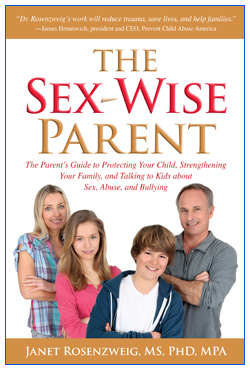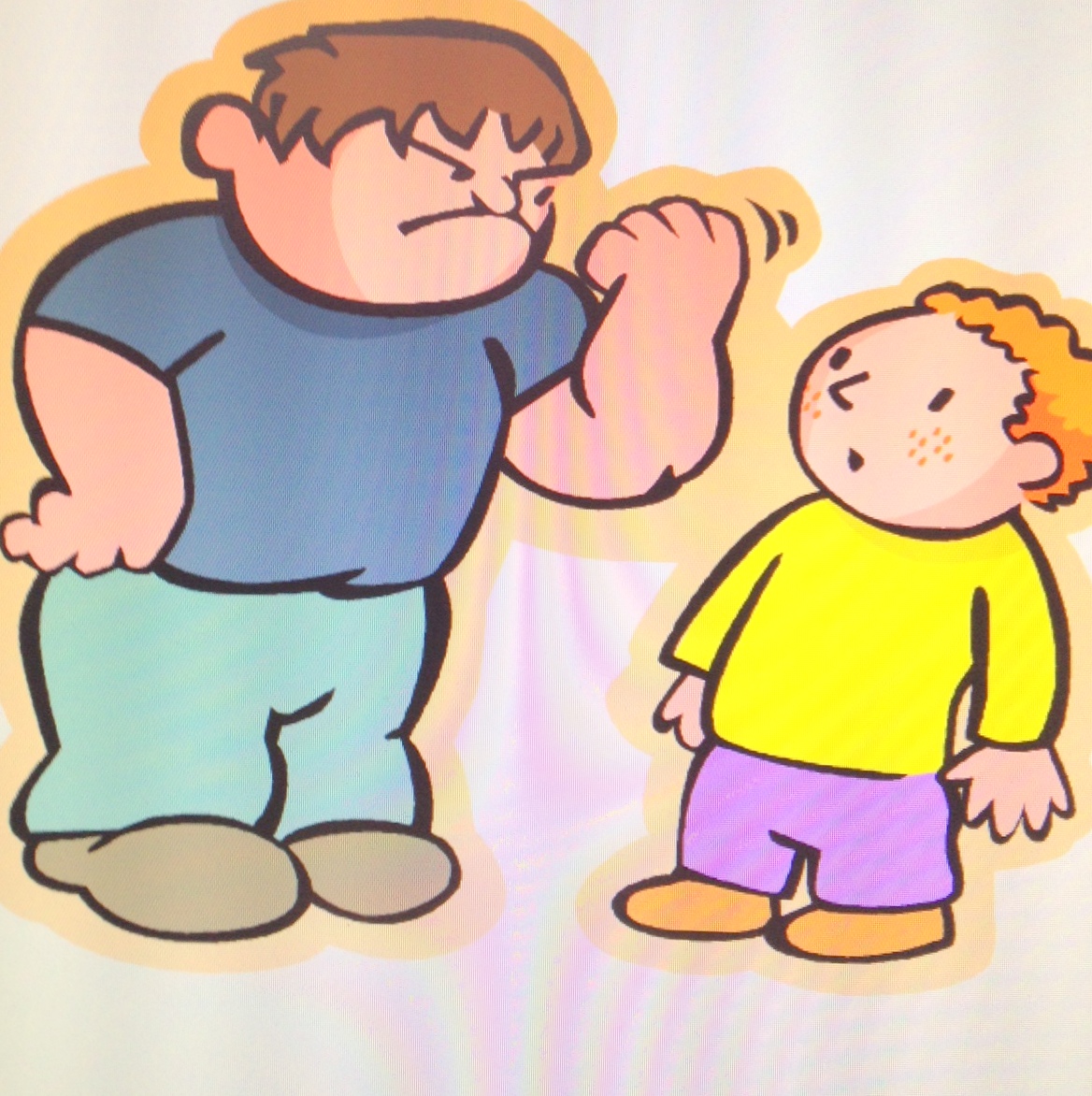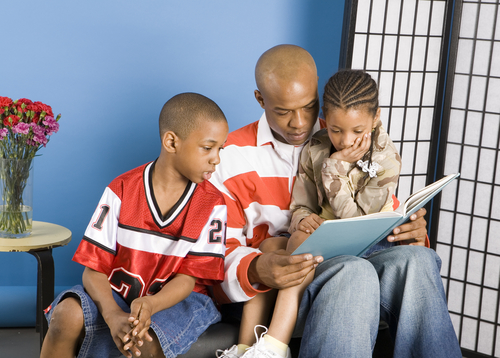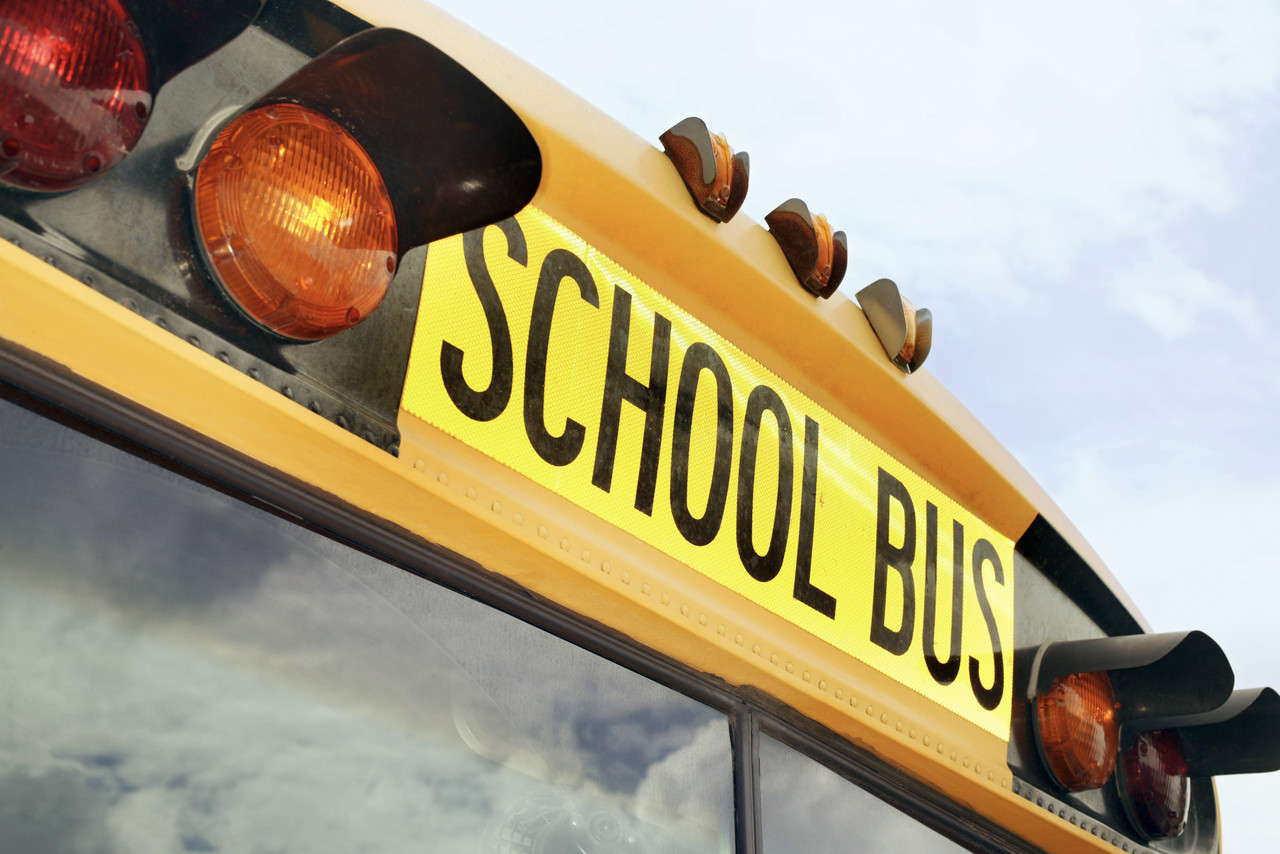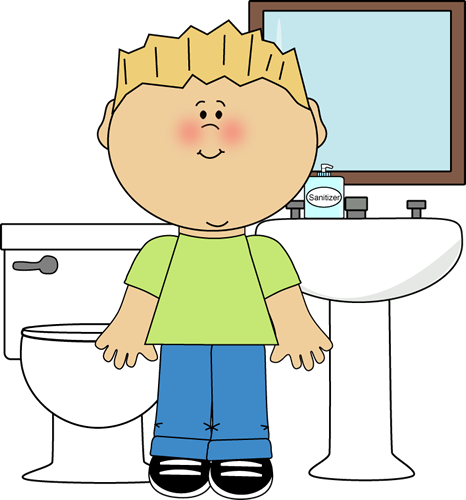If your children have access to a device with Internet access — and it’s a good bet that they do — it’s an equally good bet they’ve been exposed to pornographic images.
A major study found that almost all boys and two-thirds of girls over age 13 have been exposed to online porn. Most exposure happens between the ages of 14 and 17, but thousands of children 13 and younger are exposed to sexually explicit images daily. Boys are more likely to report that they sought out pornographic images while girls were more likely to report involuntary exposure.
Impact of porn on kids:
Sexually explicit images and erotic art have had a place in almost every culture, so observing a sexual image is not necessarily harmful. But it’s all about context. Pornographic images are often reflections of sex that have nothing to do with real life and young people lack the context to know that. The very fact that such a private act is being shared with the world obliterates the concept of intimacy, and intimacy is an important aspect of sexual health and safety.
Early images influence a young person’s fundamental understanding of sexuality. People develop “sexual archetypes” or fundamental beliefs about sex, and viewing sexual images can become part of this development. If the people in the images look like people who could be a friends or neighbors then the acts may appear acceptable and an involuntary feeling of sexual arousal may make the act even seem more agreeable.
Archetypes become like shorthand the brain uses to immediately put things into categories prior to gathering additional information. For example, if you were bitten by a German Shepherd, the image of such a dog may become part of your archetype for fear. Sexual archetypes are developed when our brain stores information about the characteristics of images, experiences and/or people that lead to our sexual arousal, and the earliest associations with sexual arousal are very important.
The type of images kids see can influence their sexual archetypes and later sexual behavior. One study found that kids who had seen violent pornography were more than five times as likely to have forced or coerced someone into sex as kids who reported watching only non-violent porn. An association of sex and with violence or coercion threatens the sexual health and safety of your children and their future partners.
So what can a parent do?
First, use every technological resource available to limit your children’s access to pornography, including spam filters and parental controls on devices, software and browsers. If your child knows more about technology than you do, call your school or local library and ask if the resident technology professional can offer a workshop to parents.
But don’t count on technology; no measure is foolproof and purveyors of pornography and curious kids are both likely to figure out a way around them. This takes active parenting. Open a discussion about online pornography and consider it a great opportunity to share your family’s values about sexuality and pornography. Don’t start by asking their child if they’ve seen sexual images on line; assume that they have.
Concepts to explore
Ask about the content of the images using medically accurate terms for body parts and sex acts. Acknowledge that curiosity is normal, and share that these images are fictional and have nothing to do with real life love, sex and intimacy. Then consider exploring these issues:
- Consent: Did the people in the pictures look like they’d both agreed to the sex act? Did one participant appear to be coercing or otherwise threatening the other? Impart the healthy value that in real life all sex requires explicit consent.
- Emotions: What feelings did the people in the images seem to be experiencing? Make it clear that that the emotions associated with sex should be love, affection, warmth, and respect.
- Intimacy: No matter what was going on in the image, the very fact that it was being recorded and shared shows that there was not intimacy; share that healthy sexuality is an expression of deeply private and intimate feelings between partners.
- Arousal: Involuntary physical arousal from viewing sexual images may leave a youngster both exhilarated and shamed. Sexual arousal is instinctual and autonomic, and people of any age may find their body responding with arousal to an image they intellectually find repulsive. A discussion about the feelings associated with the arousal caused by the sight the pornographic image will break the secrecy and with it the power the images have over the child’s perception of sex.
Finally, while a demand that the child not watch porn is likely to be met with overt or covert resistance, suggest that the child’s future sex life will be much happier and more satisfying if he or she avoids it. Maybe use the analogy that learning about sex from pornography makes as much sense as learning to drive by watching a NASCAR movie. And, it can limit the ability to find the satisfaction that comes from sharing experience with a partner.
The thought of this conversation may make any parent uncomfortable, but here’s the win: when you make an active effort to counteract the messages from online porn, you have a golden opportunity to replace the dysfunctional values with your own. And — research shows us that kids keep listening, even when acting like they’re not!
This article first appeared at Philly.com

